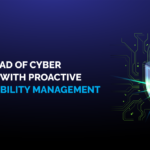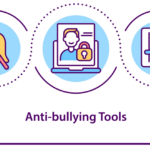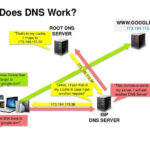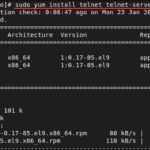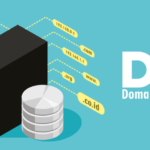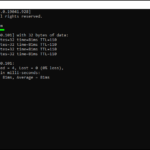
Hacker Classfication
- White Hat Hackers:
White hat hackers, cybersecurity experts, focus on identifying vulnerabilities to enhance system security. They may be employed by large enterprises, government agencies, or work for third-party security firms, with some operating independently as researchers or hobbyists. - Black Hat Hackers:
Black hat hackers are cybercriminals accessing systems without authorization for malicious purposes. Motivations range from disrupting operations to stealing data or causing harm, often driven by a profit motive or personal vendettas. - Gray Hat Hackers:
Gray hat hackers view accessing systems as a challenge without necessarily intending harm. They find satisfaction in exploiting vulnerabilities and may leave harmless marks or proof of their success without disrupting operations. - Organized Crime Groups:
Organized crime hackers collaborate for specific goals, primarily motivated by profit or disrupting access to critical services. Coordinated efforts across countries present challenges for authorities to shut down their activities. - Anonymous Collectives:
Anonymous collectives, such as Anonymous and Lapsus$, coordinate cyberattacks for social or political causes. The decentralized nature and anonymity of members make dismantling these groups challenging. - Script Kiddies:
Script kiddies lack technical expertise and often purchase malware to initiate attacks. While considered amateur black hat hackers, their actions, such as Denial of Service attacks, can still cause harm to organizations. - State-Sponsored Groups:
State-sponsored hackers, supported by governments, gather information or disrupt nations deemed threats. Objectives include acquiring sensitive data or sabotaging critical systems. - Hacktivists:
Hacktivists breach systems to further political or social goals, targeting government agencies or corporations hindering progress. Their actions are defined by purpose rather than the number of participants. - Whistleblowers:
Whistleblower hackers collect unauthorized information to expose illegal or unethical activities. They may inform authorities, organizational higher-ups, or media outlets, driven by a desire to bring attention to the wrongdoing. - Cryptojackers:
Cryptojackers spread malware to use infected systems for cryptocurrency mining, often remaining undetected until performance issues arise.
Attack Vectors
- Social Engineering Attacks:
Manipulating individuals into providing information through impersonation, using various tactics, from generic messages to more sophisticated approaches based on detailed research. - Phishing Attacks:
Masquerading as legitimate entities to acquire sensitive data through deceptive emails, attachments, links, or phone numbers. - Malware Attacks:
Malicious software, including spyware and worms, causing diverse issues or damage to infected systems. - Ransomware Attacks:
Encrypting data and demanding payment in cryptocurrency for its release, typically targeting individuals or organizations. - Denial of Service Attacks:
Making a network or system inaccessible by flooding it with requests, including distributed denial of service (DDoS) attacks from multiple sources. - Brute Force Attacks:
Trial-and-error attempts to identify login credentials, passwords, or encryption keys through automated programs. - SQL Injection Attacks:
Manipulating a database by exploiting security vulnerabilities, allowing unauthorized access or modification of data. - Man-in-the-Middle Attacks:
Positioning oneself between digital communication to eavesdrop or impersonate legitimate participants, capturing sensitive information.











